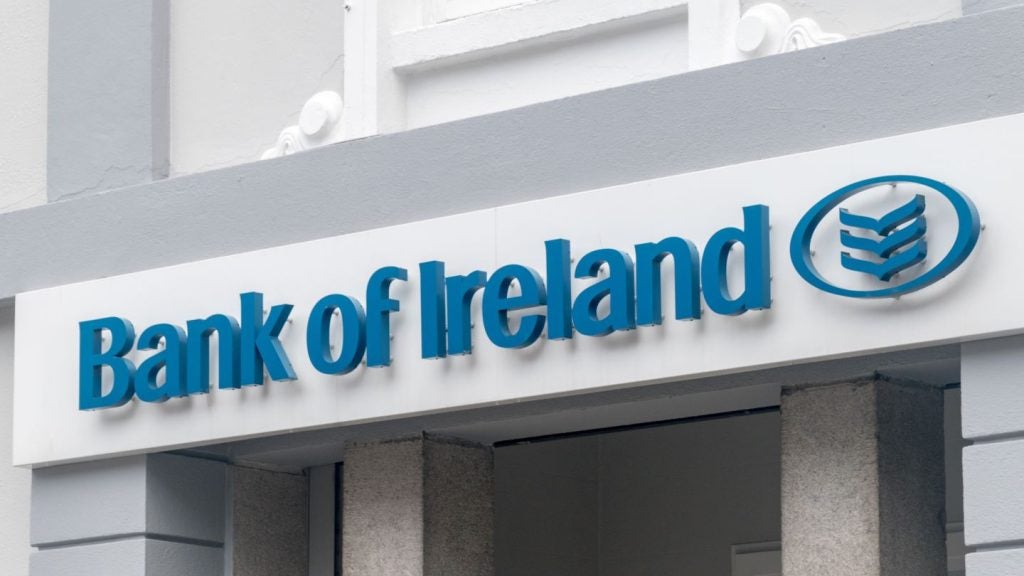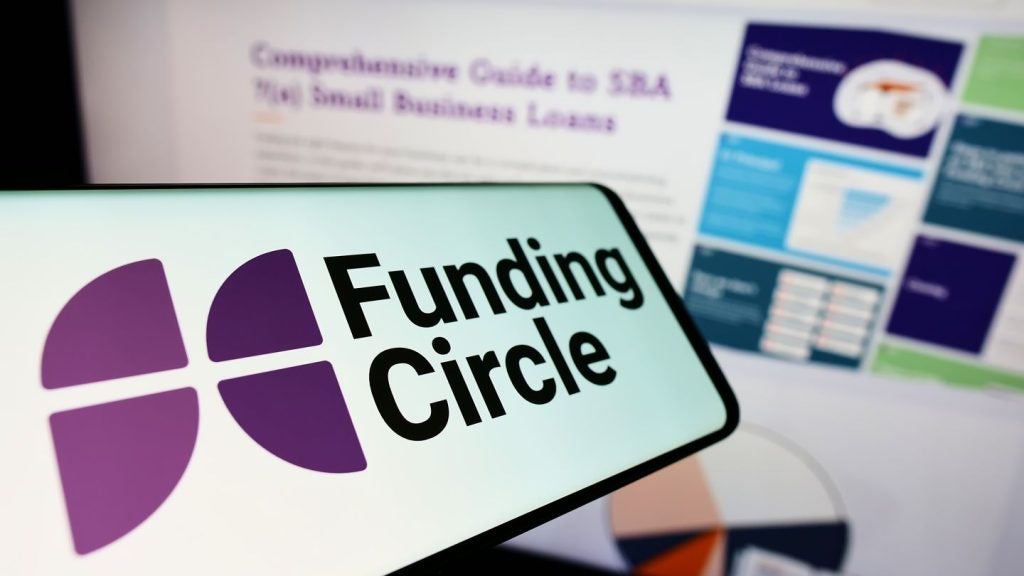
Australia has grown almost twice as fast as its peers in the last two decades, reflecting both strong policy frameworks (such as the floating exchange rate and flexible labour market) and the boom in global demand for its resources.
However, output growth has been below trend for two years, unemployment has risen to 6% and real incomes have declined. While moving from the investment to the production phase of the resource boom was always going to be bumpy and the economy is handling this transition relatively well, the sharp fall in resource prices has made it more difficult.
The IMF forecasts that over the next couple of years, activity should gradually pick up and narrow the output gap, supported by strong resource exports, accommodative monetary policy and rising confidence. But over the medium term and without reform, growth is likely to converge to a slower potential rate, reflecting less capital accumulation and only modest productivity growth.
This lower potential would still mean income growth in line with other advanced countries, but significantly slower than Australians have been used to over the last two decades. Slower growth would also make fiscal consolidation more difficult.
The Australian Equipment Lessors Association (AELA) estimates that lease and equipment finance facilitates around 40% of the nation’s equipment capital expenditure, which means it plays a vital role in equipping Australia’s productive base.
For ‘general equipment finance’, new business volume in 2014 was $37.7bn and receivables at the end of December 2014 were $83.1bn. For the fleet leasing industry, annual volume for 2014 was $4.2bn with receivables of $9.3bn. In total, the equipment finance industry in Australia had new business of $41.9bn last year and receivables of $92.4bn at the end of December 2014.
How well do you really know your competitors?
Access the most comprehensive Company Profiles on the market, powered by GlobalData. Save hours of research. Gain competitive edge.

Thank you!
Your download email will arrive shortly
Not ready to buy yet? Download a free sample
We are confident about the unique quality of our Company Profiles. However, we want you to make the most beneficial decision for your business, so we offer a free sample that you can download by submitting the below form
By GlobalDataNew South Wales/ACT account for 31% of total equipment finance volumes, with Victoria/Tasmania having 26%, Queensland 22% and Western Australia accounting for 14%. In terms of asset classes, cars and light commercials account for 40%; trucks and buses 17%; mining, earthmoving and construction equipment 13%; agricultural equipment 6%: manufacturing 4%; and office machines 3%.
For new business in 2014 within the general equipment finance sector, leasing accounted for 17% of the total portfolio, although it makes up 90% of the fleet leasing business, where operating leases predominate. The finance leasing component is boosted because of novated leases, some of which are operating leases but most are finance leases.
The trends in this broad mix are not only affected by economic conditions but also by government policy. In March the Australian government released a tax discussion paper, the first element of the reform process which outlines the process for considering the future direction of Australia’s tax system and invited submissions to inform the government’s tax options green paper. Feedback on these options is to provide the basis for the 2016 tax white paper policy proposals.
Although capital allowances received little attention, it was acknowledged that the increase in the diminishing value rate for depreciation from 150% to 200% was to better reflect the economic pattern of depreciation. Other observations included that the tax-induced bias towards debt finance could potentially be significant in eroding the corporate tax base and that the thin capitalisation rules seek to limit the extent of the potential erosion.
In the 2015 Federal Budget, the government announced accelerated depreciation in the form of immediate tax deductions for small business for individual assets costing less than $20,000. This measure applies for businesses with an aggregate annual turnover of less than $2m and continues until 30 June 2017. Businesses can apply this $20,000 rule to as many items as they wish.
The process of adjusting from an economy based on natural resources to one based on growth from more traditional areas has led to considerable regional readjustments, explains John Bills, AELA director.
"For example, Western Australia was very strong, but over the last 12 months receivables in that state have dropped by around 12%, whereas in the major states of New South Wales and Victoria to the east they are up by 8%. Most of our members are national rather than regional operators, so it is a matter of focusing on where the business is."
Bills observes that rationalisation in the equipment market is also impacting the lease sector, with the departure of Ford and GMAC being followed in more recent times by the acquisition of Capital Finance by Westpac and Bank of Queensland acquiring CIT and Investec.
There is also uncertainty around the future of GE in the country, while in early May Australia and New Zealand Banking Group revealed plans to sell its Esanda dealer finance business, which includes approximately $8.3bn in loans to motor vehicle dealers.
"Despite the above developments, balance sheets have stabilised and June looks like being one of the strongest months on record," says Bills, who adds that banks are increasing their share of the market as independents continue to find it hard to compete.
"However, we have seen a few independents come into the market in the last few years, which is encouraging. There is a lot of liquidity in the market so competition for assets is strong and rates are very keen."
AELA has been engaged in dialogue with the government in relation to the tax reform process and how it might affect lease companies. "Other issues of interest to our members include used vehicle imports and we have obtained a commitment from the government that it will not open our market to used vehicle imports."
Bills admits that it is difficult to say whether the improvement in business noted over recent months can be sustained through the remainder of this year and into 2016, but he is encouraged that balance sheets appear to no longer be declining. "We could see reasonable growth in receivables over the next 12 months," he concludes.
David Gill, CEO of the Commercial Asset Finance Brokers Association or CAFBA (whose members write more than $7bn of new commercial equipment finance business annually) says there is a general feeling of lack of confidence for capital expenditure, which of course affects the equipment finance market.
The business written by CAFBA members represents approximately 20% of the total commercial equipment finance market. However, since the total value of the market includes large institutional and corporate bank transactions, the association observes that the contribution of its members to small to medium sized transactions represents a much higher percentage of total transactions.
Gills states that the government’s announcement in the budget of a $20,000 instant write off on assets was welcomed and appears to have led to a spike in activity in June.
"However, it is our view that we need longer term solutions and we have proposed that if the instant asset write-off fails to meet expectations, there may be capacity left in the next Budget (or in the October economic statement) to expand the programme in order to achieve the spending stimulus that had been intended."
According to Gill, this could be achieved by lifting the small business turnover threshold to $5m in order to include more medium sized businesses, retain the $20,000 instant asset write-off and introduce an additional investment allowance for new and used equipment over $20,000.
He adds that CAFBA’s strategy as an organisation has been to get a better geographical spread and support regions that previously didn’t have access to a specialised equipment finance association. "Traditionally Queensland has been under-represented as a percentage of the total membership, but its membership is steadily growing."
When asked to describe the current health of the Australian leasing market, DLL sales director Mike Partington says it remains resilient with a strong level of competition amongst mature, well-funded providers. "Overall new leasing volume for the 12 months to May 2015 was $32.7bn, up 2.7% on the same time to May 2014. Overall net receivables were relatively flat at $72bn, a 0.9% increase on same time last year."
A strong level of liquidity exists among the Australian domestic banks, which combined with new players backed by the local pension funds has seen a strong level of liquidity chasing new business in a flat capex market, he continues. "This has seen some significant compression of margins over the last 12 months as funders compete for the few deals on offer. On the flipside, though, delinquencies and credit losses remain low and in line with historical trends."
According to Partington, one of the most significant developments in the lease market over the last 12 months has been the segment shift away from the mining industry back to the broader market, which is in line with the deterioration of commodity prices and also the fact that many mines are now through the construction phase and into production.
He also refers to an increasing level of compliance with the bedding down of the Personal Property Securities Act, expansion of anti-money laundering and counter-terrorism financing rules and greater focus on privacy legislation as well as continued merger and acquisition activity with the sale of Capital Finance and both GE Capital and Esanda currently on the market.
"We would always like to see more growth in the market and I know that many of the equipment vendors we support in Australia would like to see an increase in capex spending by their customers," Partington continues. "Many report that customers appear to be holding off making investment decisions until the economy stabilises, but this has now been a long waiting period and it could be questioned as to whether customers are holding onto assets for extended periods."
DLL expects some growth in new business in 2015, but does not see the market growing more than 3% based on current run rate. In addition, limited new business is likely to mean that overall lease receivables remain flat for at least another 12 months. "Flat economic conditions will see many customers limit spending. In addition, the falling Australian dollar will increase the cost of imported capital goods which may also impact purchasing decisions."
On the question of how market share breaks down between bank-owned, independent and manufacturer-owned lessors and whether this balance has shifted in recent years, Partington observes that the big four domestic banks continue to hold a majority share of the Australian leasing market, with much of this business originated by independent finance brokers and to a lesser extent their branch network.
"In addition, most of the major original equipment manufacturers have an established captive presence in Australia. As for the independents, a number of superannuation-funded financiers have emerged over the last three years and are gaining some share in select markets."
A Leaseplan spokesperson refers to a slight slowdown in the business car market in line with general economic trends. "With an estimated 67 brands selling over 350 models in a comparatively small national market, new cars are increasingly affordable. Add the many types of offers (such as capped price servicing and low interest rate finance) and it is an attractive time for Australians to buy a new car."
There has been a decrease in demand for large sedans and an increase in demand for smaller cars, as well as SUVs and light commercials vehicles. Small cars dominate the passenger car segment and SUV sales are up 13% year to date compared to the first six months of 2014.
"With a slowing economy, the focus sharpens on cost controls and additional services that will improve fleet operations," he continues. "The responsibilities of the employer to provide a safe workplace also result in growing expectations of fleet providers to assist with risk management services and deploy new technologies such as telematics to monitor and report on driver and vehicle behaviour."
Providing system support for more car pooling and sharing within fleets is also important and maintaining a competitive cost base while delivering these expanding services is a challenge for any Australian fleet provider, he concludes.







